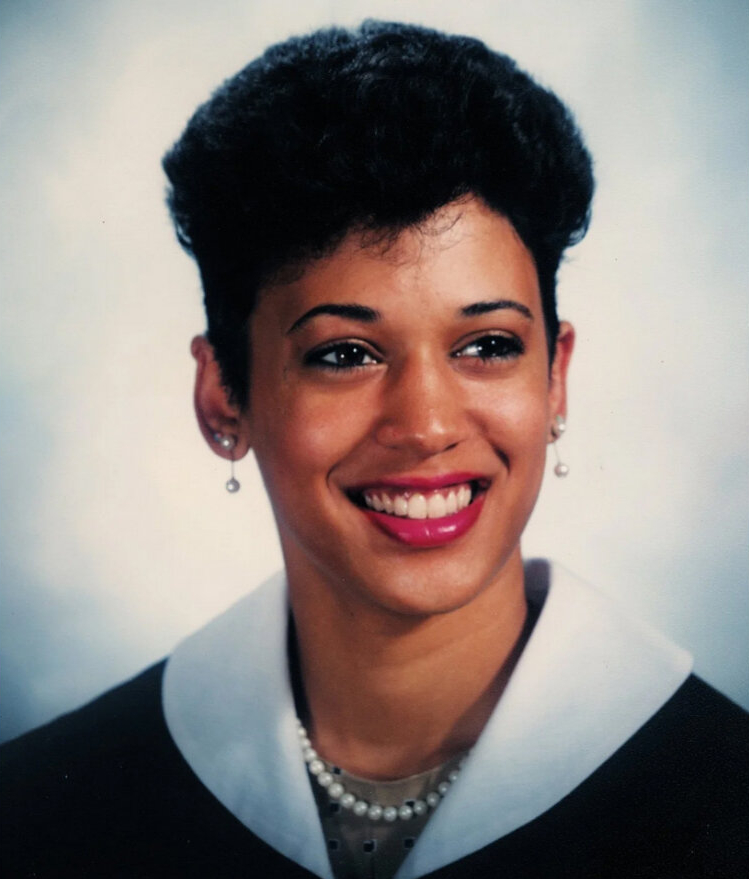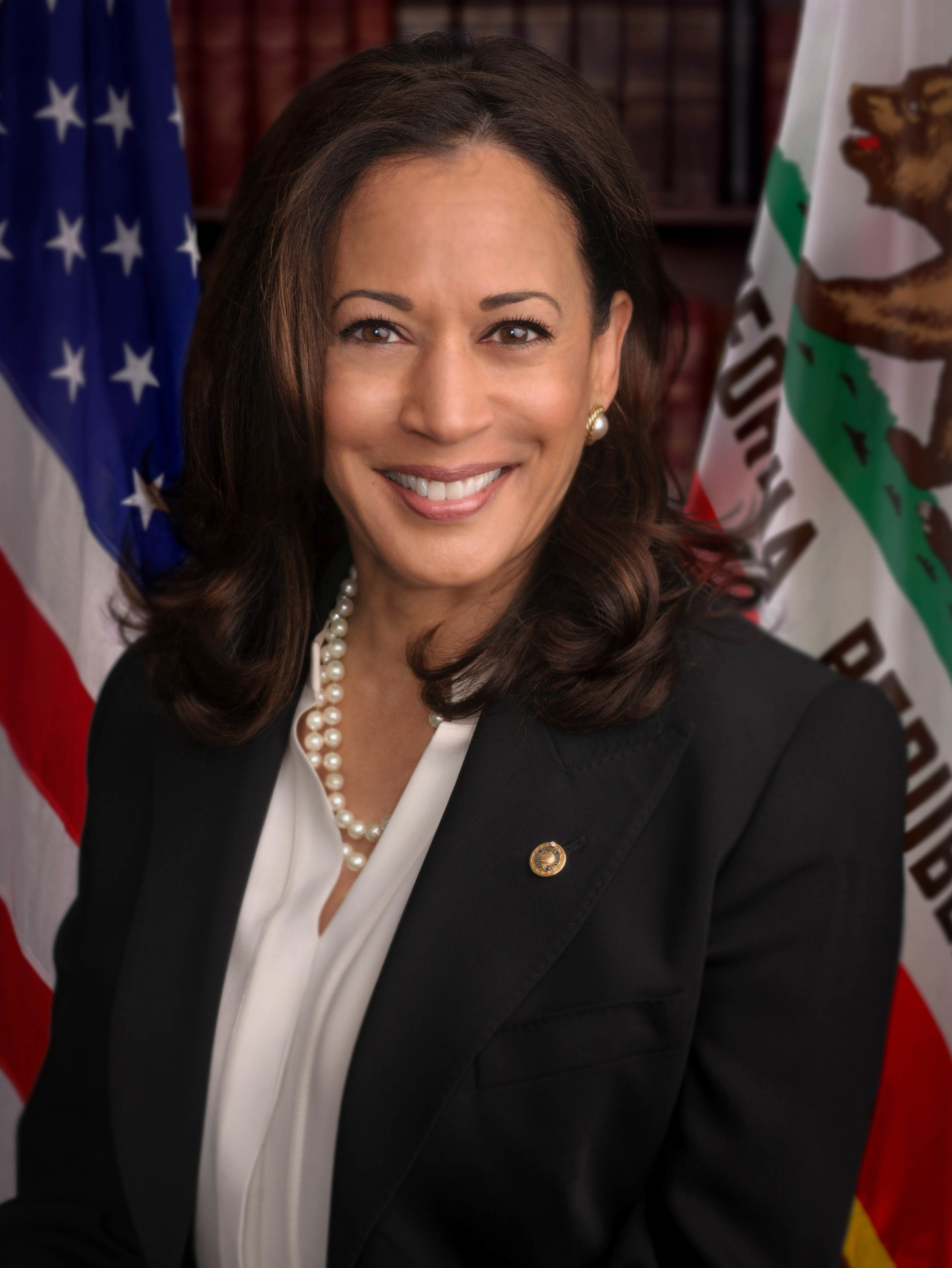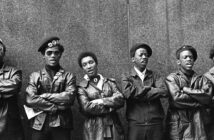If one singular word could capture the spirit of Vice President Kamala Harris, ambitious, tenacious and dedicated would be in the running. Through her example, generations of people have been inspired by her will to better the greater good. It is this fact that contributed to her selection to be EBONY’s 2024 Power 100 Icon of the Year honoree.
In a nutshell, Vice President Harris is not “new to this;” she’s “true to this!” Here is a brief timeline of previous roles she’s held that established the framework for who we know her to be today—an icon.
 Image: courtesy of Howard University.
Image: courtesy of Howard University.
1982: Vice President Harris has notoriously attributed her time as a student at Howard University as the beginning of her lifelong love of politics.
It was at “The Mecca” that she even first ran for an elected office. As a freshman, ran for class representative and went on to win and set her career off “on the right foot,” as she wrote in her memoir. In 2017, she delivered a commencement speech in which she articulated the importance that Howard has continued to have in her career. “Howard taught me, as it has taught you, that you can do anything and you can do everything.”
2003: After decades of laying the groundwork, Harris ran for the San Francisco District Attorney. She emphasized her vision for reforming the criminal justice system in a race that pitted her against a seasoned incumbent. Her victory made her the first Black woman and the first South Asian American to hold this position in California. She became invested in reducing recidivism and tackling systemic issues disproportionately impacting marginalized groups. She won 56 percent of the vote in this election.
2010: Running to become California’s Attorney General—a position no African American woman had ever held—Harris faced significant obstacles, including doubts about her ability to win statewide. Her campaign was centered on an unrelenting focus on criminal justice reform, standing against powerful entities, such as Big Banks, during the foreclosure crisis. Her victory showcased her resolve and the support of a diverse coalition of constituents who saw her as a beacon of representation. Harris’s tenure further solidified her reputation for fighting for economic and social justice, issues deeply rooted in the Black community’s struggles and aspirations. Harris became the first African American woman and South Asian American to serve as attorney general in California.
 Image: HUM Images/Universal Images
Image: HUM Images/Universal Images
Group via Getty Image.
2016: Kamala Harris’s 2016 run for the U.S. Senate was another moment of breaking barriers as she sought to become only the second Black woman in history to serve in the Senate. Her campaign was infused with themes of equality, opportunity, and systemic change, resonating deeply with marginalized groups nationwide. During this campaign, Harris positioned her platform on issues such as income inequality, police accountability and access to healthcare.
2020: The ultimate barrier-breaking moment in Kamala Harris’s political career came with her candidacy for Vice President alongside Joe Biden in 2020. Following in the footsteps of her hero, Shirley Chisholm—the first Black woman to run for president— she embodied the possibilities of representation for the next generation. This decision set the tone for her unprecedented presidential run in 2024.


